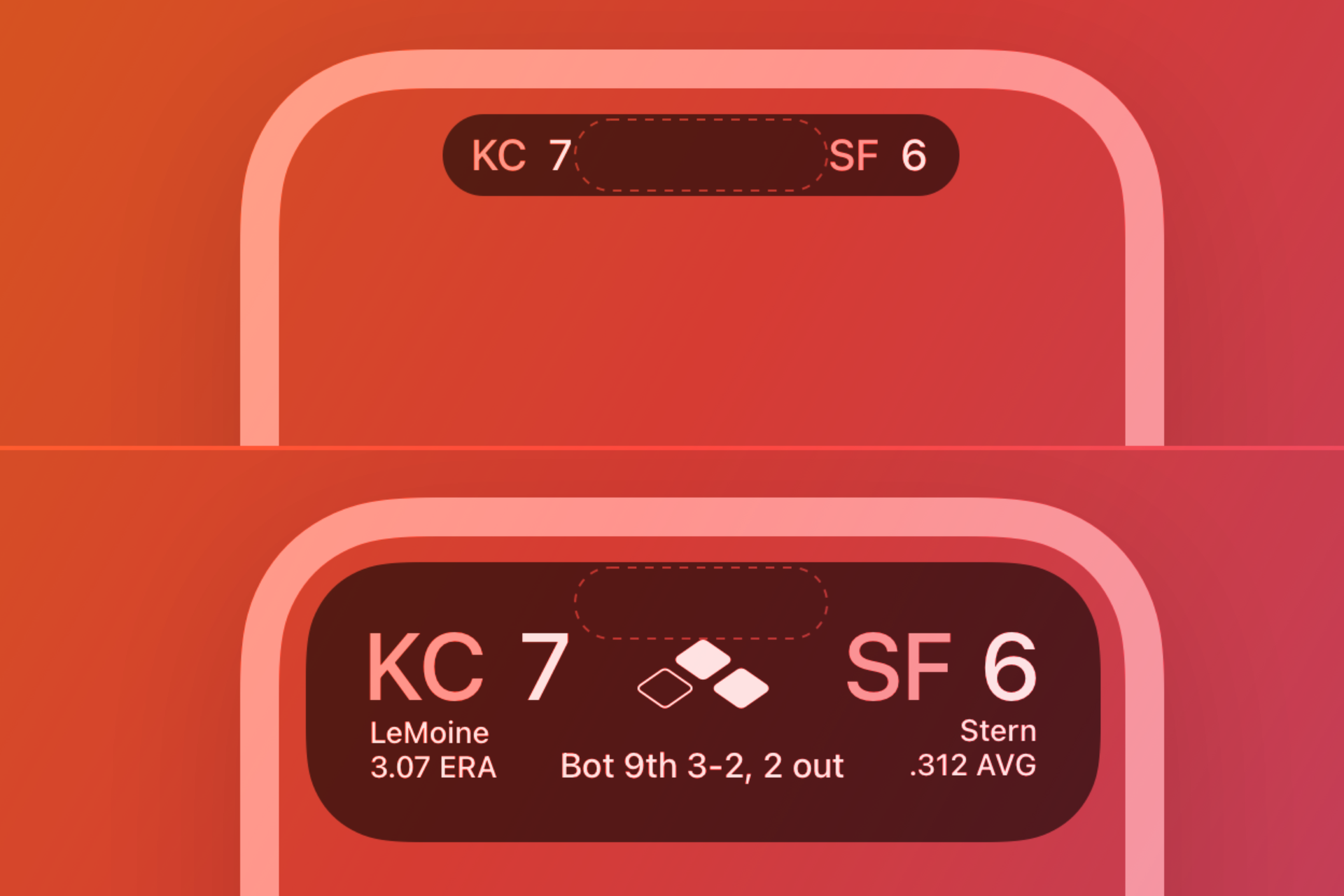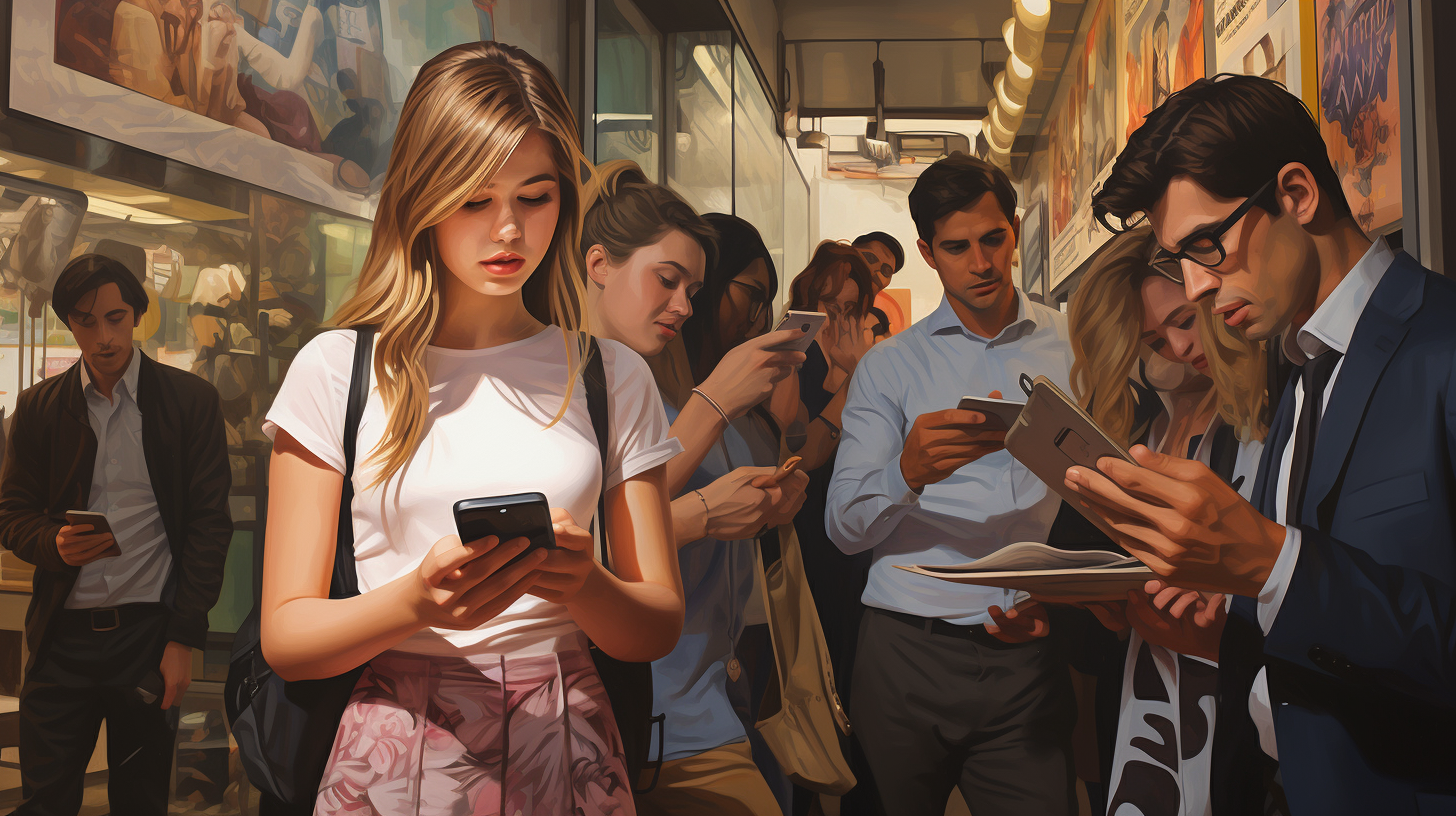
Newsletter
Newsletter
We review the range of ways that apps can contribute to higher average revenue per user including acquiring new paying users.
29th September 2023

In the Pugpig weekly media bulletin, Pugpig’s consulting services director Kevin Anderson and digital growth consultant James Kember distill some of the best strategies and tactics that are driving growth in audiences, revenue and innovation at media businesses around the world.
Helping publishers develop products that develop this deep relationship is what we do at Pugpig Consulting. If you want to know more about how we are working with publishers like you to achieve that, get in touch at info@pugpig.com.
New research from the Reuters Institute of Journalism highlights why it is critical to build habit amongst new subscribers. The study found that one-third of newspaper subscribers had cancelled or renegotiated their subscriptions in the past year. One reason was the cost of living crisis, but there have also been a lot of users dropping a subscription because they simply found themselves not using the product often enough to justify the cost.
The research combined quantitative surveys that were part of RISJ’s annual digital news report with qualitative research from the US, UK and Germany. The quantitative data covers countries like the Nordics where almost a third of people pay for news as well as countries like Germany where only 11% have paid for news, or the UK where only 9% have paid.
With household budgets squeezed, RISJ researcher Nic Newman said that the industry would need fresh approaches to attract new subscribers. “Lower price products, all-access subscriptions, differential pricing, and digital wallets are all in the mix as the industry tries to better match price to the perceived value of different news consumers,” he told the Press Gazette.
Positive reasons why people subscribed to a news publisher included familiarity with the brand, often “handed down” from family members. For others, the motivations were more push than pull – people became worn down by intrusive paywalls or annoying advertisements. For price-sensitive consumers, discounted trial offers were often a trigger that encouraged potential subscribers to make the commitment. Life changes also were triggers for subscription including the end of free student access or earning a pay rise that increased a person’s disposable income.
Publishers are testing ways to develop habits with audiences who don’t have a historical connection with their products. The Star Tribune newspaper in the US has created a free digital subscription for high school graduates for a year after they graduate from school. All a young person has to do to receive the paper is to fill out a simple Google form. It’s a new riff on the educational subscription.
Across the countries in the study, the cost of living crisis was the biggest reason for subscribers to cancel, and this was especially the case in the UK where energy and housing prices spiked last year. Of the lapsed subscribers that they interviewed, high inflation caused them to monitor their costs much more closely because they were under financial strain or they were trying to save up for large purchases such as a car or a home.
Interestingly, in the US where inflation didn’t rise as much as the UK, lapsed subscribers cancelled because of a lack of perceived value when compared to the cost. Or they simply failed to develop a habit. “I really never used the subscription – I only signed up because it was $1,” said a 27-year-old woman who cancelled a subscription to a local newspaper.
That supports our view that the best way to retain a subscriber is to maintain an active relationship with them. Newsletters, podcasts and push notifications via apps – elements of what we call the Push Era of media – all help keep that connection vital.
The research reinforces the importance of a good onboarding process that starts building subscriber habits immediately. The RISJ found that publishers invest a lot of time and energy building habits with new subscribers during the first 90 days after purchase. Piano has found that most cancellations happen in the first 24 hours after a new subscription, therefore onboarding is critical. These efforts begin with a welcome series of communications that often start with a personal message of welcome and thanks from the editor followed up with introductions to all of the features of the subscription package such as newsletters, podcasts and apps.
As we have written about before, the window for developing a habit with your new app users may be as little as 48 hours, according to research from push provider Airship. This onboarding series of communications is a critical component of developing habits, and in inviting people to download the app, we also suggest publishers encourage subscribers to enable push notifications.
But publishers are also tweaking trial offers and engaging in dynamic pricing to acquire and hold onto subscribers. More news publishers are offering discounted trial offers. Amongst the top 50 news subscription brands, 86% of them offered trials, which is up 26% this year. As the Press Gazette said in its review of 60 UK and European news publishers, publishers’ discount strategies were “deeply, briefly, not too cheaply”. Trial offers have been lengthened, now often up to a year. However, while some publishers were offering discounts of up to three years, most have shifted to one year. The reason is simple: it is very difficult to get a subscriber to pay full price after three years of paying at a discounted price, according to Liesbeth Nizet, managing director at Mather Economics Europe.
A year is proving to be a sufficient amount of time for a reader to develop a habit with a brand, according to INMA’s Greg Piechota. Whereas the magic number for publishers is four. If they can get a trial subscriber to visit their site four or more days in a month during the trial, the risk that they will cancel their subscription is cut in half, he added. And just as publishers work to engage new subscribers over the first 90 days, the final 100 days before renewal are a critical period for publishers to make the case to subscribers that their subscription is valuable, Nizbet said.
One note of warning from the RISJ research: Subscribers have become accustomed to renegotiating their subscriptions. For that reason, long-term subscribers often have lower ARPU. Everytime a publisher tries to move them closer to the full-price, they call the subscription centre and are offered a new discount. This expectation will make it increasingly difficult for publishers to increase ARPU based on a single product, which is why publishers like the New York Times are building out premium bundles.
In good news for publishers, audiences, in general, tend to think of news and entertainment subscriptions differently, which means that they don’t compare the price charged for streaming media services directly with the prices paid for news services. However, younger age groups had a higher tendency to use streaming services as a “reference price” than older consumers, whose reference point was the price that they used to pay for print subscriptions. For them, digital subs seemed a bargain.
Based on pricing expectations and also differences in user experience expectations across generations, publishers are developing different apps for different age cohorts and pricing those products accordingly. A replica edition that would appeal to an older, more affluent audience is priced higher than a standard digital subscription. And as we spoke about last week, products like the FT Edit and the Economist’s Espresso app provide a less expensive, curated experience for younger, more price-sensitive audiences and those who simply want a taste of the publisher’s content.
It’s also important to remember though that across all of the countries surveyed 83% of those polled don’t pay for news. In the UK, 65% of those surveyed said that nothing could convince them to pay, while 54% in Germany and 49% in the US were never going to pay for news. Of those that could be convinced to pay, the two top issues involve price and perceived value. They would pay if it was less expensive, if there was a higher value to price ratio (a more valuable bundle, family pricing, etc.) or if the publisher created more relevant or distinctive content. And younger audiences, 18 to 34-year-olds, were especially price sensitive and swayed by offering more relevant content. Interestingly, for younger audiences, they also felt that a single publication was limiting and meant that they wouldn’t be hearing from diverse sources.
All and all, this line resonates with us: “Maintained (loyal) subscribers tend to use content every day and have developed a deep connection with the news organisation and its journalists.” Loyalty is the basis of a sustainable media business now, and those publishers who are focused on building loyalty and habit are the ones that are managing to not only weather the challenges publishers face but are growing.
Here are some of the most important headlines about the business of news and publishing as well as strategies and tactics in product management, analytics and audience engagement.

Newsletter

Newsletter

Newsletter

Newsletter

Newsletter